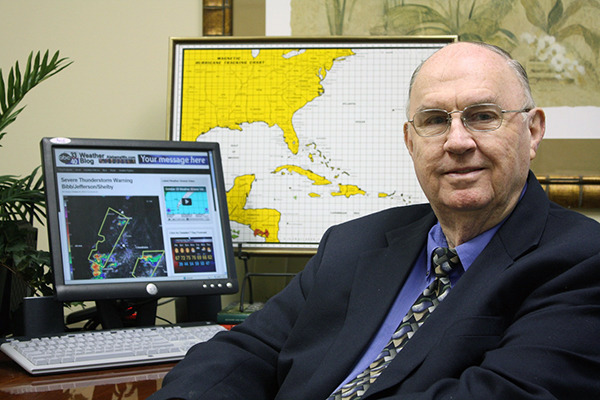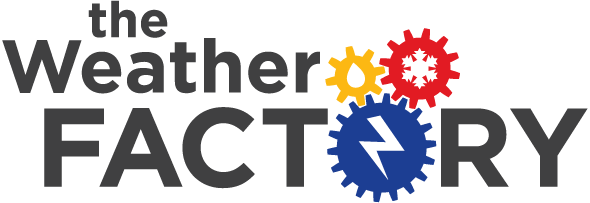Understanding The Difference Between Wind Shear Types
DISCUSSION: As many parts of North America and Europe begin to prepare and brace in earnest for the onset of the peak severe weather season during a typical calendar year, there a number of premiere issues which are worth understanding. That is, so everyone can have a better idea of how the atmosphere works and why various atmospheric phenomena evolve the way they do. One such example is understanding the different types of wind shear which can occur and their respective relevance.
To get started, wind shear is a naturally occurring aspect of the atmosphere which affects both atmospheric phenomena such as various types of convection as well as all aviation-related concerns. More specifically, wind shear comes in two primary forms which includes speed shear and directional shear. Speed shear is best characterized as any situation in which the wind shear changes in value from two given elevation points. Thus, when speed shear is present, this can often lead to situations in which there are convective storms which do not last for an overly long period as a result of core updrafts being tilted too much. Therefore, with too much speed shear, various thunderstorm forecasts can often end up being a bust in terms of forecast verification.
The other primary type of wind shear (as noted above) is known as directional shear. Directional shear is best characterized as any situation in which the direction of winds at two given points of elevation are different from one another. Often, when there happens to be rather large amounts of directional shear, there are frequent impacts to aviation safety in terms of crosswinds at any point during any flight (regardless of aircraft size) as well as to convective storm development. Impacts to convective storm development are quite often realized by way of there being a greater potential for the development of convective storms with rotating updrafts. Therefore, with greater amounts of directional shear, there can often be a greater threat for supercell thunderstorm assuming all other convective environmental conditions are conducive for supercell thunderstorm development.
Thus, this goes to show that whenever there is a substantial presence of speed and/or directional wind shear in the atmosphere, there a host of different considerations which always need to be made when it comes to both aviation and forecasting interests.
To learn more about other weather education topics, be sure to click here!
AlabamaWX is pleased to partner with the Global Weather and Climate Center team for outstanding posts about our atmosphere. Visit them at https://www.globalweatherclimatecenter.com for more great information!
Category: Partner News Stories

















